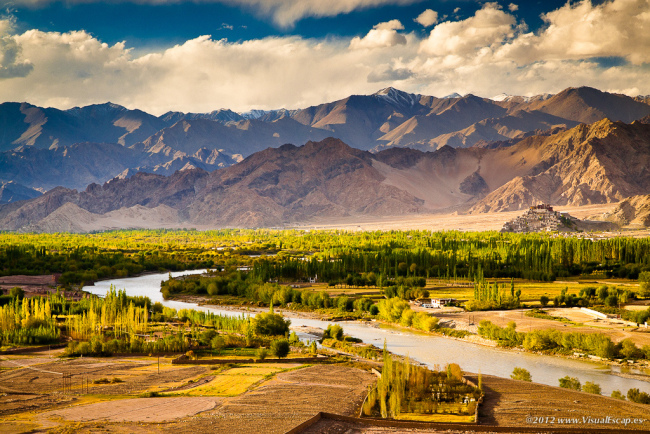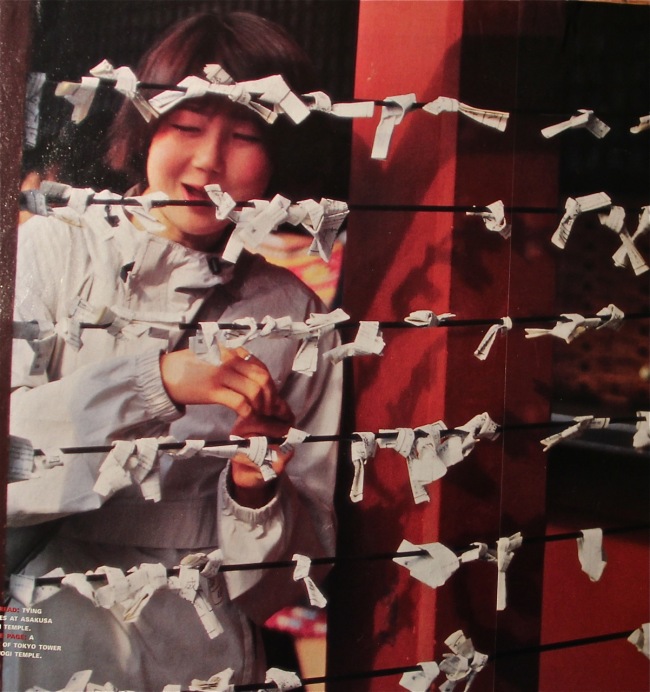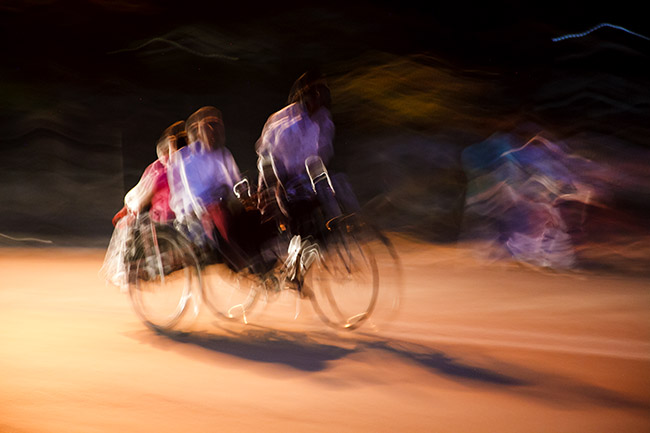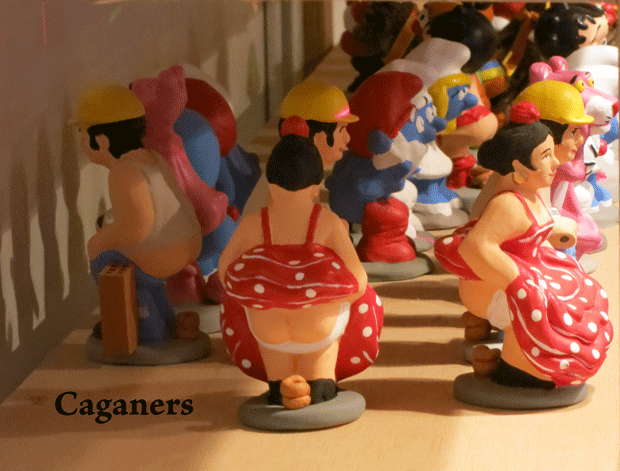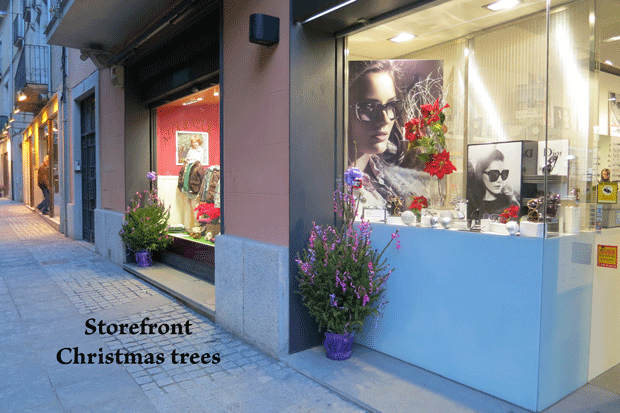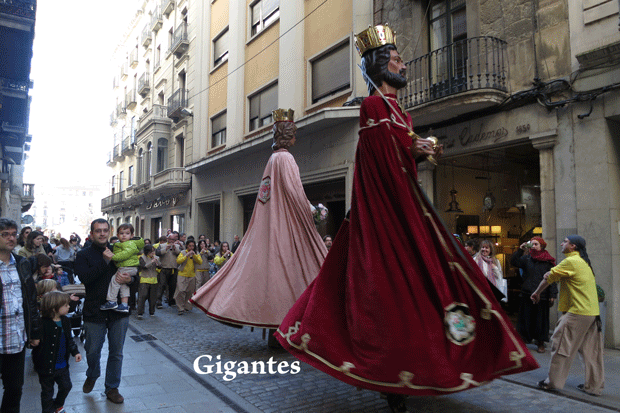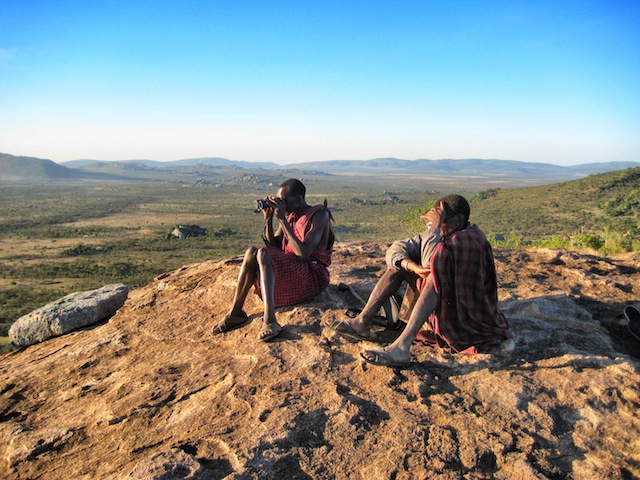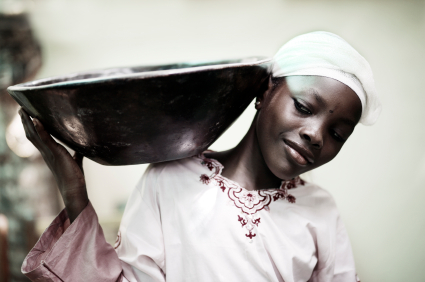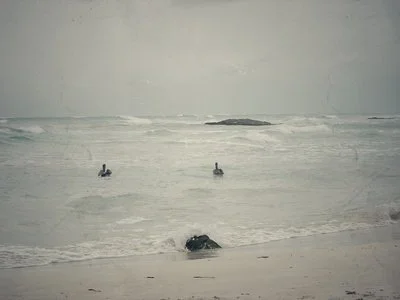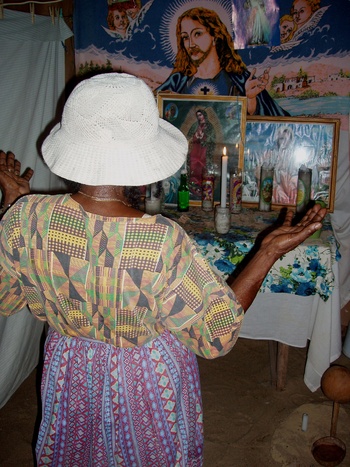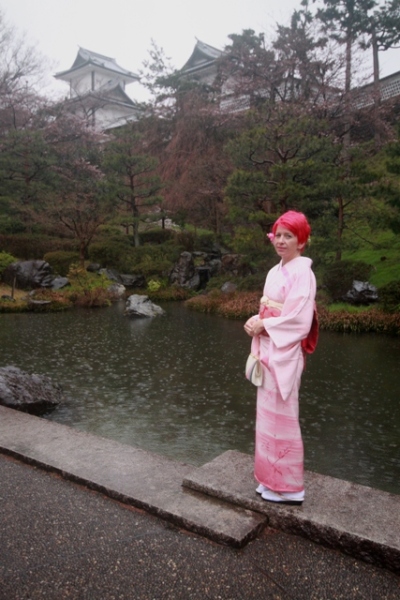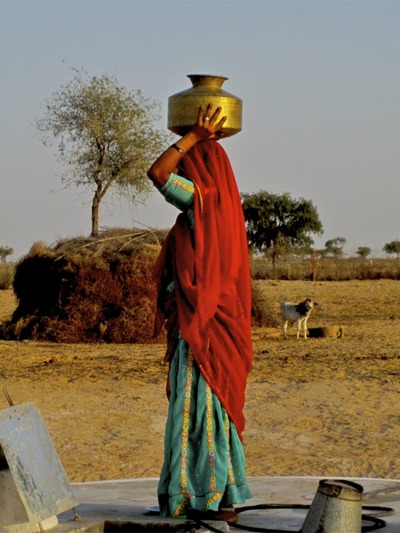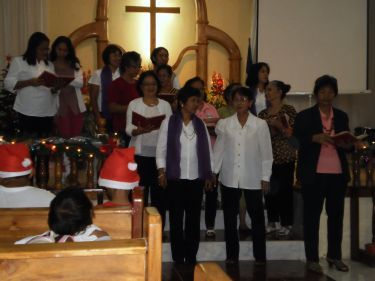“So, when exactly are you coming home?” my father asked.
“I don’t know, Dad. Our visas allow us to stay in Peru for at least three months, then we’re thinking of heading on to Argentina and Chile...”
The broken and sputtering magicJack connection at the South American Explorers Club in Cusco broadcasted about every third word of our conversation, but the message that traveled down the steep stone streets of the ancient Inca capital and across the continents to the lush green lawns of Newark, Delaware, the college town I’d grown up in and where my parents still live, was crystal clear: We weren’t coming “home”.
The truth was, my husband, Hank, and I had no idea when, or if, we were going home. We didn’t even know what “home” meant anymore. We’d been winging it, temporarily inhabiting Mexico, Nicaragua, Ecuador, and Peru: itinerant and loose in the world in a manner that both worried and intrigued family and friends back home.
We were four thousand miles from our homeland, eleven thousand feet above sea level, south of the Equator where summer is winter, and living in a fourth-floor walkup without heat. Yet, life felt sweet and rich and fortunate.



